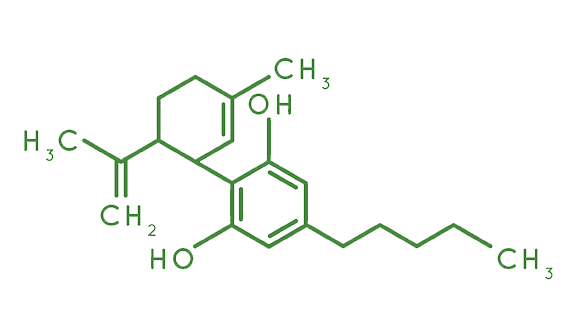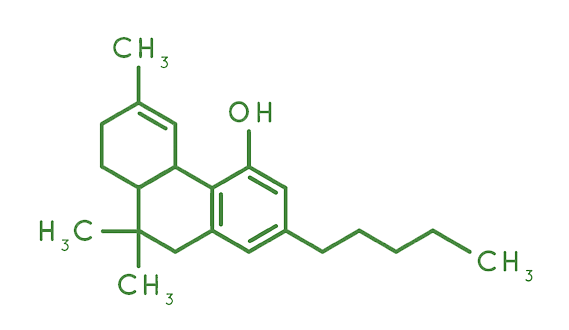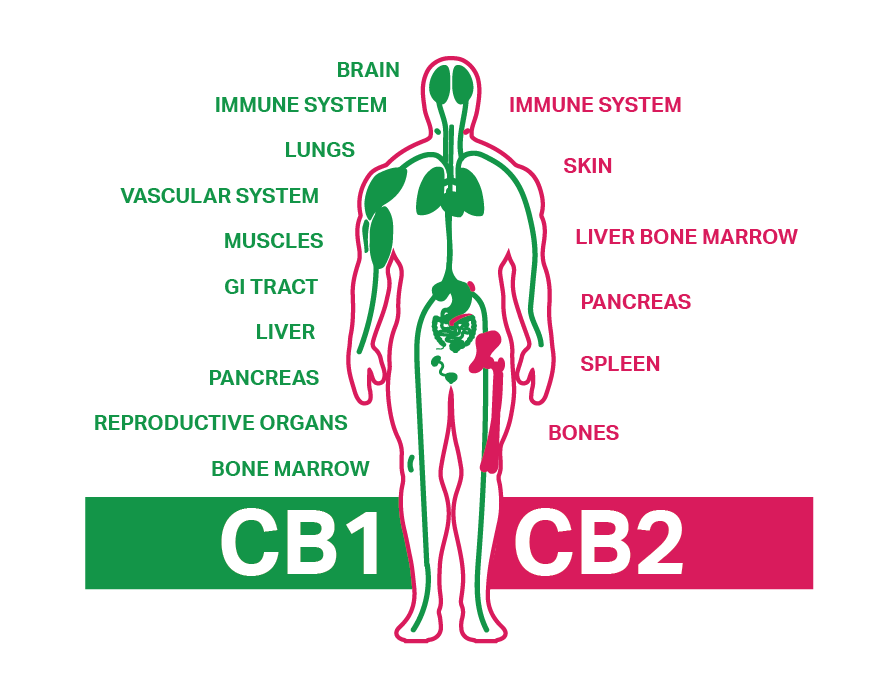
One of more than 100 chemical components contained in cannabis sativa plants is cannabidiol, known as CBD.
CBD is extracted from hemp, a variety of cannabis with extremely little THC, so it won’t make you high. Simply put, CBD oil (Broad or isolated spectrum) is a substance made up of CBD extract and an oil, often coconut oil for topical use.
CBD is perfect for therapeutic use because it has no intoxicating effects. CBD is beneficial for treating anxiety, stress, sadness, and a variety of physical problems in addition to the various types of epilepsy. There is also no lack of research to support these assertions.
According to one study, CBD helps prevent heart diseases like heart attacks and strokes. Another short-term trial discovered that giving individuals a dosage of the substance decreased their appetite. Additionally, a number of researchers have found a connection between CBD use and the management of PTSD symptoms like bad memories, anxiety, and nightmares.
Additionally, CBD is important for reducing pain. When CBD affects TRPV1, it effectively prevents pain signals from traveling to other parts of the body. The implication offers relief from pains, edema, and discomfort.

THC is just one of more than 500 distinct compounds and 100 different cannabinoid molecules that can be identified in cannabis sativa plants.
It is a cannabinoid molecule that has long been acknowledged as marijuana’s primary psychoactive component, or the element that gives users of the drug a high.

The human body has a sophisticated biological mechanism called the endocannabinoid system. It was identified by medical experts in the 1990s, but there are still many questions regarding how it functions and interacts. There is still much to learn, but specialists do currently know that it affects a number of important functions, including appetite, sleep, mood, and memory.
Three things make up the endocannabinoid system: receptors, enzymes, and endocannabinoids. Whether or not someone utilizes CBD, these components continue to work.
The material to which endocannabinoids bind is called receptors, which are found all over the body; There are many different types of enzymes, but only two types of enzymes can break down endocannabinoids. Endocannabinoids support the body by maintaining internal processes.
Examining the interaction between receptors and endocannabinoids is necessary to comprehend CBD’s effects.
CB1 and CB2 are the two different classes of receptors. Coordination, movement, pain, appetite, memory, mood, and other activities are all controlled by CB1 receptors, which are largely found in the central nervous system. The peripheral nervous system contains CB2 receptors, which have an impact on pain and inflammation.
Endocannabinoids try to bind with receptors after the cannabinoids are broken down by enzymes. According to researchers, CBD indirectly affects the receptor rather than directly attaching to it. Many of the health benefits that people associate with the chemical are made possible by activating these receptors.
Non-cannabinoid receptors may potentially be affected by CBD. CBD affects the 5HT serotonin receptor, which helps treat psychotic diseases, claims Teaera Roland of Lotus Health. The TRPV1 receptor, which is in charge of causing pain and inflammation, can also be impacted.